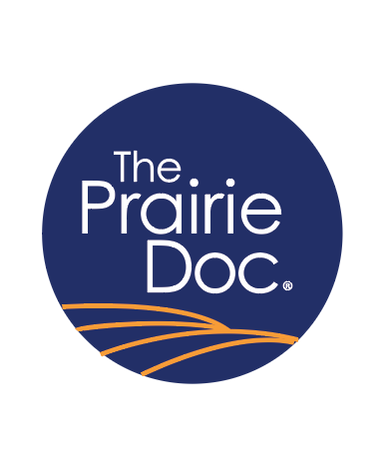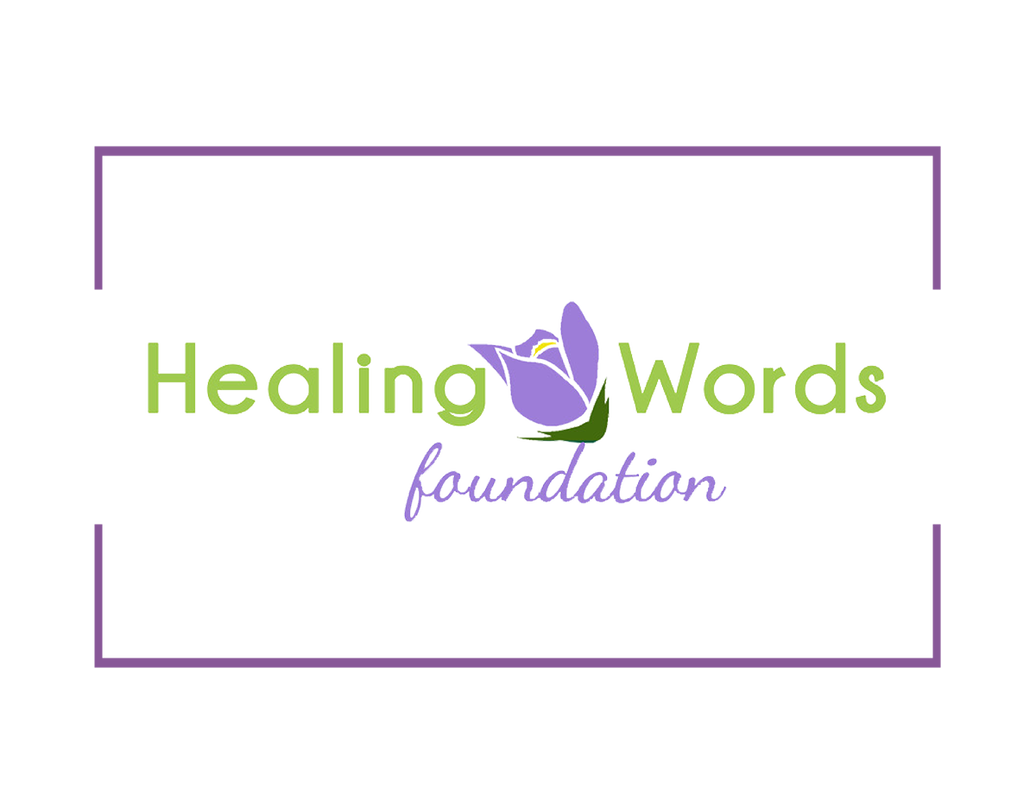Healing or Harming with Cannabis?By Richard P. Holm, MD
Just about 4000 years ago, Chinese writings explained the medicinal powers of what is now called cannabis or marijuana, describing its properties to help arthritis, gout, malaria, nausea and psychological stress. In the 1500 and 1600s the Spanish and English brought cannabis to the new world for medical purposes and it became a huge commercial crop for making rope. In the 1920s cannabis emerged in jazz clubs as a recreational drug. At the time, it was thought of as a better alternative to alcohol since cannabis users didn’t seem as disruptive to the community. During the prohibition era of the 1930s, the U.S. Bureau of Narcotics considered cannabis as addictive and they made it illegal along with alcohol. Further, the U.S. Controlled Substance Act of 1970 defined cannabis as a ‘Schedule 1’ drug putting it in the same category as heroin and LSD, claiming there was a high abuse potential and no medicinal use. Although these claims have changed, the U.S. law remains on the books. During the Obama administration, the Department of Justice was directed to relax prosecution of cannabis rule-breakers while allowing state rules to supersede the U.S. law. The Trump administration has made very little change since. Questions about cannabis remain since scientific experimentation for medicinal use has been limited due to legal restrictions. However, strong evidence points to legitimate medical uses for cannabis. Cannabidiol or CBD, one of the chemicals derived from hemp, helps those with chronic pain syndrome, children with uncontrolled seizures, those with glaucoma and finally enhances appetite stimulation and reduces nausea and malaise in cancer patients. We know there is abuse potential with cannabis, just like with alcohol. Driving intoxicated with cannabis increases crashes, even if only half as much as alcohol. Also, we know excess cannabis has potential to dull and injure young and undeveloped minds. Some suggest that legalizing cannabis would allow better laws and enhanced regulation, lessening underage use. Consider the tragedy of 70,000 deaths per year (and rising) from the overdose of legal and illegal opioids while there are almost no reported deaths from cannabis use, despite quite extensive consumption in the U.S. Most opioid abuse seems to stem initially from efforts to reduce chronic pain syndrome, and this condition seems to be potentially helped with medicinal doses of cannabis. It is time to allow medicinal use of cannabis. It might help us reduce the deaths from opioids. For free and easy access to the entire Prairie Doc® library, visit www.prairiedoc.org and follow The Prairie Doc® on Facebook, Instagram and Twitter featuring On Call with the Prairie Doc® a medical Q&A show streaming on Facebook and broadcast on SDPTV most Thursdays at 7 p.m. central. Comments are closed.
|
Archives
July 2024
Categories |
 RSS Feed
RSS Feed


